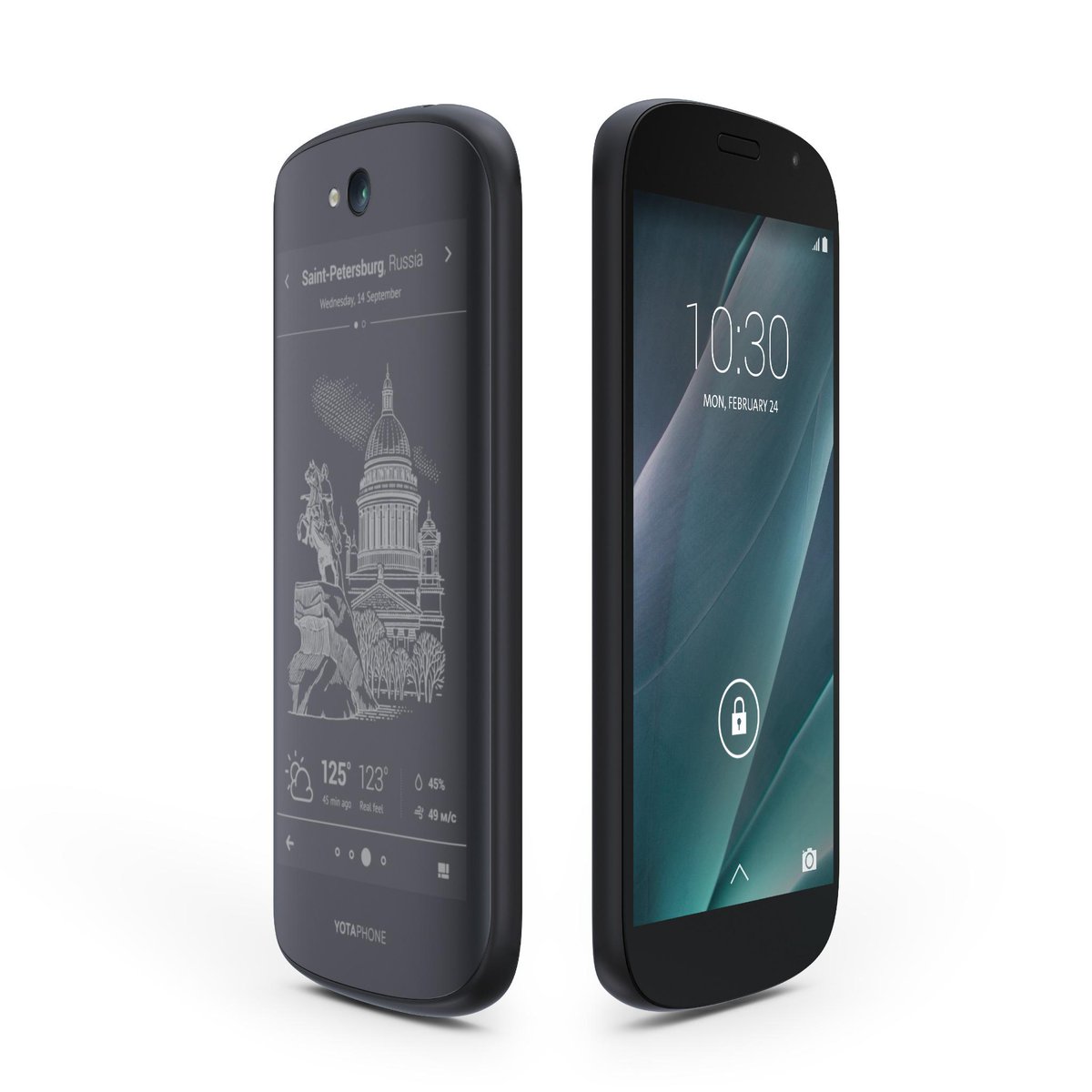An analytics firm named
Umeng has reported that China has over 700 million of active smartphone users. Moreover,
out of all the devices that were sold 41% of the buyers were purchasing their
first ever smartphone. Rest of the customers were upgrading to a better model.
In November 2011, China had
become the world’s largest smartphone market. However, the sales gradually
dropped down after the mobile penetration rates increased. As per a report from
the IDC, shipments decreased in 2013 for the first time in two years. The first
–time users are buying their smartphone devices after prices have drastically
gone down.
Majority of the smartphone
devices sold in China were Androids that cost less than $350. However, the
demand for these devices is very strong today as well. A lot of high-end
smartphones were sold as well. 80% of the same were iPhone smartphones.
iPhone users are also now
less likely to jailbreak their phones, thanks to China’s new status as one of
Apple’s launch markets; tools like Kuaiyong Apple Assistant, which offers free
versions of paid iOS apps; and security concerns about jailbroken devices. Last
year, the percentage of jailbroken iPhones in mainland China fell to 13% from
30% at the beginning of the year.
Samsung and Xiomi highly
dominate the Android marketplace though it is fragmented with more than 100
manufacturers. In 2013, the top 10 Android devices came from these two phone
giants.
Mostly, people who are
owners of smartphones costing less than $150, stick to casual games. However,
many people spend a lot of time in every title thanks to the improvement in hardware
like the processors and memory and graphic cards.
In fact, Umeng writes that
“the term ‘casual games’ is becoming a misnomer as users are spending large
blocks of time playing these games rather than dipping in and out as was once
the case.”
Players are also starting
to demand the official versions of games, instead of clones or pirated
versions. Last year was the first year “Chinese developers took IP seriously
with many developers licensing IP from rights holders,” said Umeng. He further
continued saying that, “With the loyalty of fans, game developers realized a
well-known, officially licensed IP/brand will help them easily attract IP fans
and get promoted in the app store and potentially acquire more high value
users.”
A lot of social networking services like
WeChat, Sina Weibo, QQ and Renren should be integrated into social networking services.
The amount of app content shared over social media platforms has been increasing
ever since; it has tripled over the last six months. 48 per cent of it has come
from games.
WeChat was especially
popular–the amount of app content shared through the messaging app grew by a whopping
8,600% between March and November 2013.
Umeng said non-game
developers should keep an eye on the other five fastest growing mobile app
categories, which are news, health and fitness, social networking, business,
and navigation. Popular social networking apps included photo- and
video-sharing apps, as well as app targeting niche markets, like dating and
parenting







